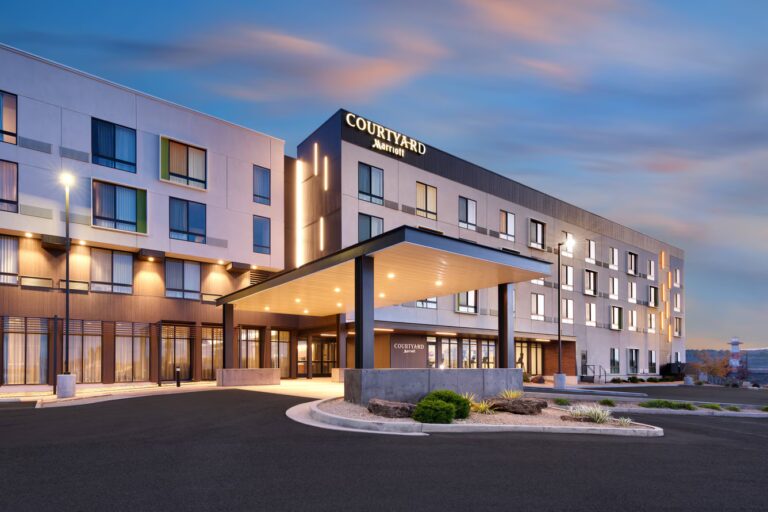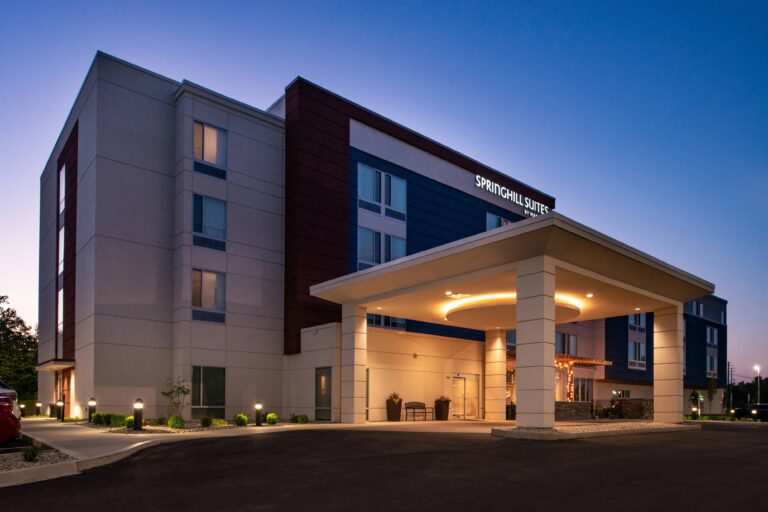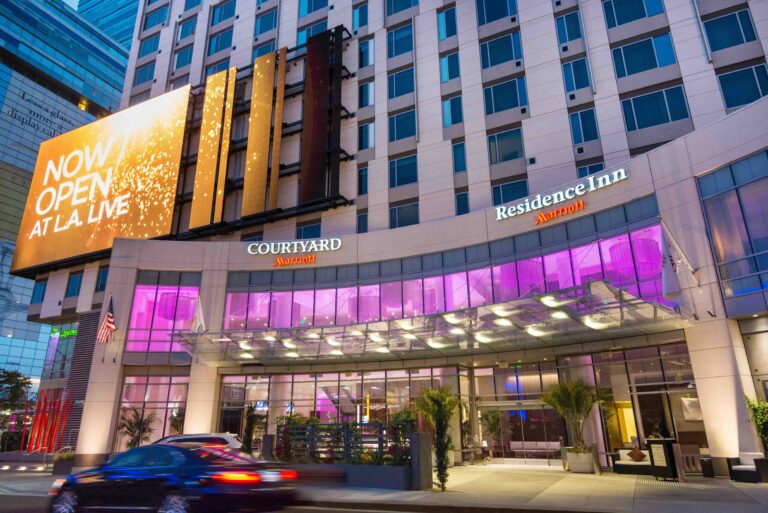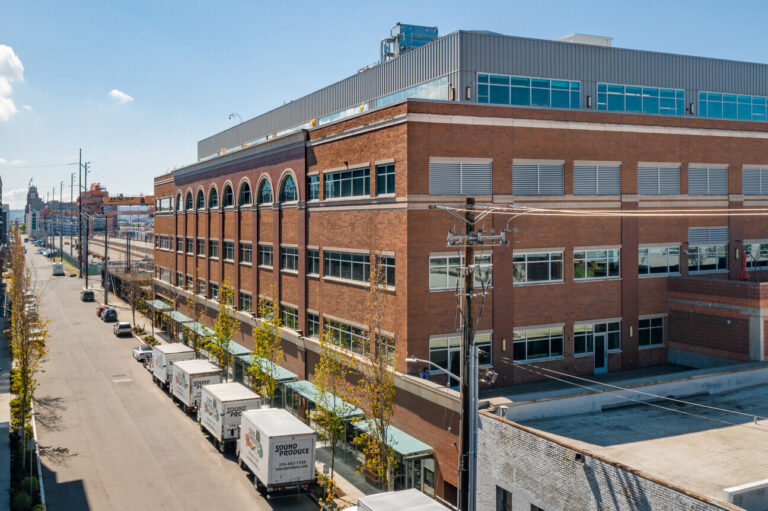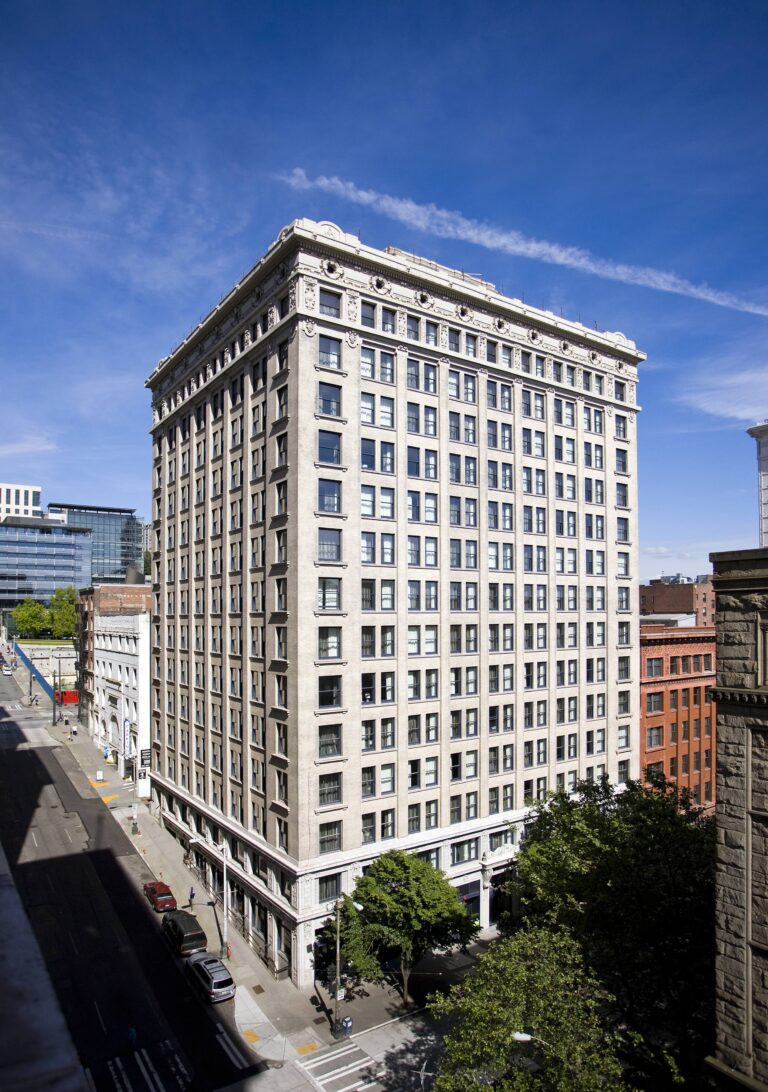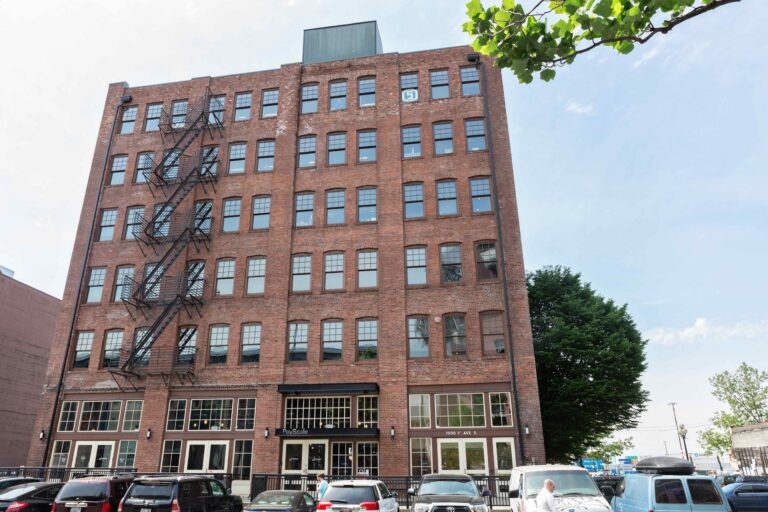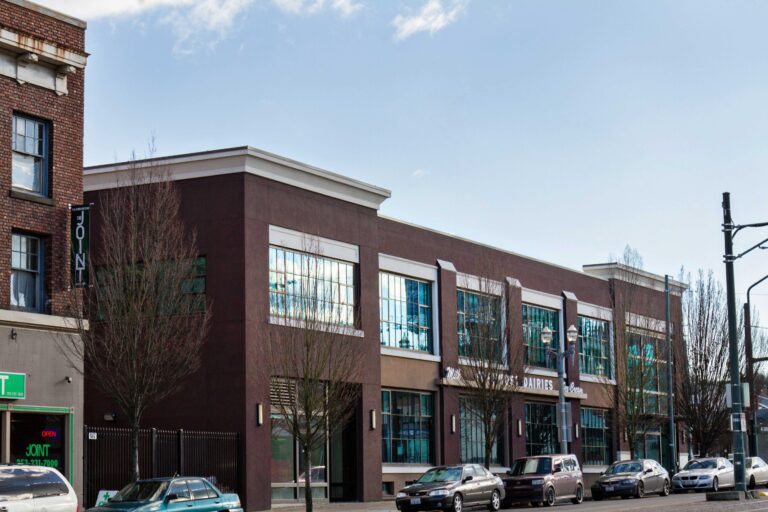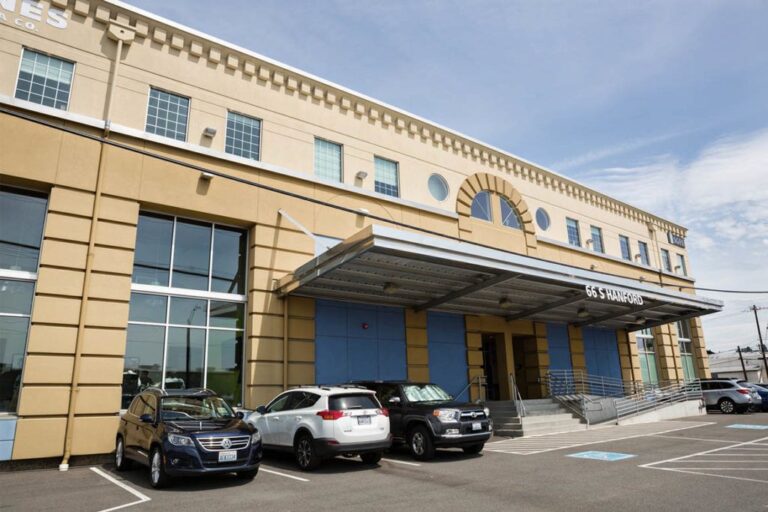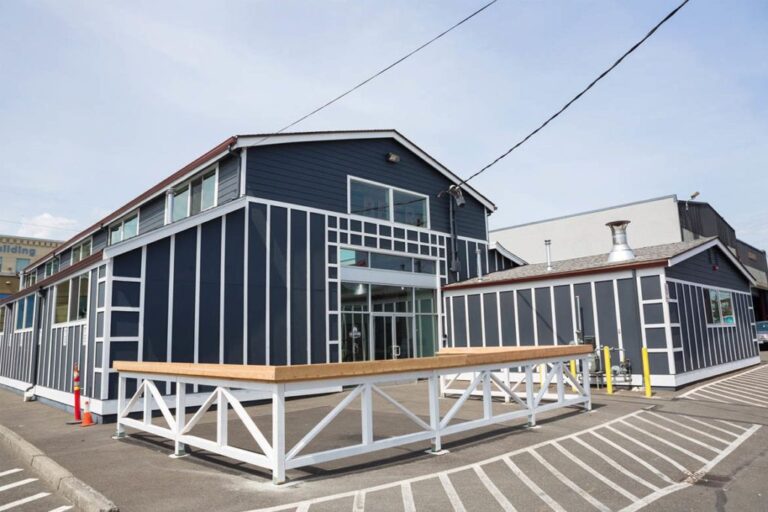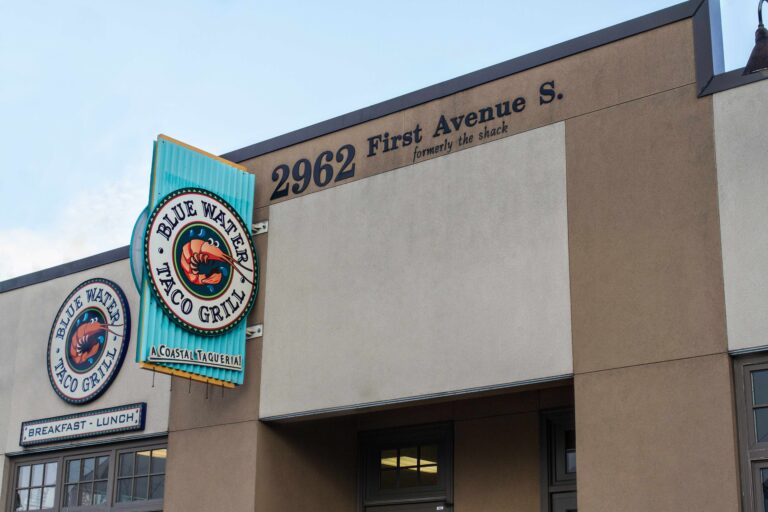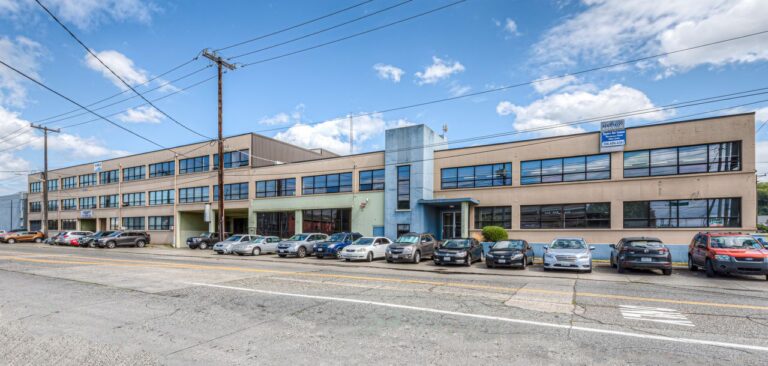Working in the United States -
H-1B or EB-5?
H-1B or EB-5?

From H-1B to EB-5: Progressing Towards a Permanent Solution
If you are looking for permanent U.S. residency for you and your family, the EB-5 visa is without a doubt a superior visa to the H-1B visa.
An H-1B visa is a nonimmigrant visa that allows U.S. companies to employ foreign workers. This means H-1B visa holders, while authorized to work for the sponsoring employer in the United States, are ultimately dependent on the status of their employment. You can ONLY work for the H-1B approved employer and cannot be self employed or start a business. An EB-5 visa is an immigrant visa and is tied to the individual. It provides more stability and benefits when it comes to living in the United States long term. The good news is that if you are on an H-1B visa currently, you do have the option to file for an EB-5 visa while continuing to live and work in the United States.
Schedule a Call
Frequently Asked Questions
Want to know more? Browse frequently asked questions about the EB-5 visa program or head to our FAQ page to learn more.
What is the difference between an H-1B visa and an EB-5 visa?
The H-1B visa is a temporary, nonimmigrant visa, sponsored by an employer. Foreign nationals with an H-1B visa may need to leave the United States after six years. EB-5 visas provide permanent residency and are tied to the individual, not an employer.
What are the advantages and disadvantages of an H-1B visa?
The H-1B visa has a number of advantages over other nonimmigrant visas, including a high salary requirement, no language requirement, and no work experience requirement (which means recent graduates can still be eligible). It is also considered a “dual intent” visa, which means that you are allowed to pursue permanent residency (like through an EB-5 visa) while under H-1B nonimmigrant status. The disadvantages of an H-1B visa are that they are dependent on the sponsorship of an employer, and they have a time restriction of six years. There is also an annual limit to how many petitions are approved each year (USCIS receives 3x the amount that is alotted), so most applicants must be entered into a lottery unless they are considered cap-exempt.
Can my spouse work if I have an H-1B visa?
Spouses can be brought to the U.S. under an H-4 visa. Fortunately, H-4 holders can work in the U.S. after obtaining Employment Authorization Documents.
Is the H-1B visa dependent on the employer?
Yes, a U.S. employer must sponsor your visa in order for it to be approved. The employer must also prove the need for the temporary position, demonstrate that there’s a lack of qualified workers to do the job in the U.S., pay the H-1B worker a fair wage, and in the event that they end the employment, they must pay for the employee to return home.
Who pays for the H-1B visa?
In general, H-1B costs and fees are paid for by the U.S. employer.

Still have questions?
You can visit our FAQ page for more answers to your EB-5 visa questions, or schedule a call to speak with an expert from our team.
Schedule a CallPartner with the Trusted Name in EB-5 Immigration
American Life is the longest established EB-5 program in the United States, helping thousands of investors and their families achieve their American Dream. Are you ready to get started?
Schedule a Call-
8,000+ EB-5 Visas Granted

-
3,000+ Investors

-
45+ Projects Completed

-
100% Required EB-5 Job Creation

-
$1.5 B Total Market Value

-
$225 M Capital Returned

-
3,400+ I-829 Approvals

-
$285 M Profit Distributions

Our $1.5 Billion Investor-Owned Real Estate Portfolio
Our portfolio of critically-acclaimed EB-5 equity projects includes partnerships with global brands like Marriott, Hilton and Hyatt hotels. It’s proof of our ability to develop successful, job-creating EB-5 projects that enhance the communities we work in, while also helping our investors achieve their American dream.

